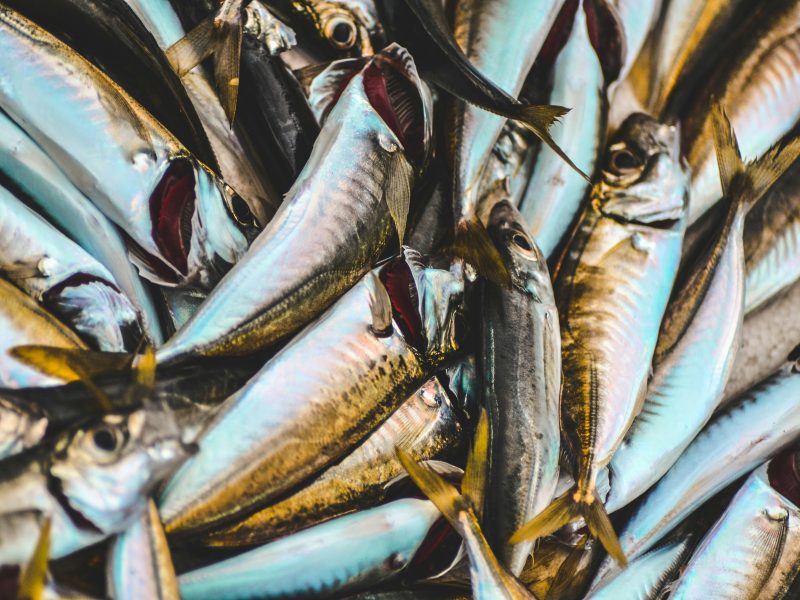Although nowadays when we think of fish, the Black Sea comes to mind first, in fact, Istanbul has historically been the most important city in terms of both the variety of fish and the taste of fish. Except for the last 40 years, the abundance of fish in Istanbul has even made its way into history books. Istanbul has not only been a home for fish but also for fishermen and fish restaurants, hosting many important cultural figures and artists. Today, alongside our national drink, rakı, fish culture of Istanbul find its place, and there are numerous fish restaurants along the shores of Istanbul. The fish caught, cooked, and the fish culture in Istanbul from past to present are the favorites of gourmets. Let’s take a look at Istanbul’s fish and their wonderful flavors together.
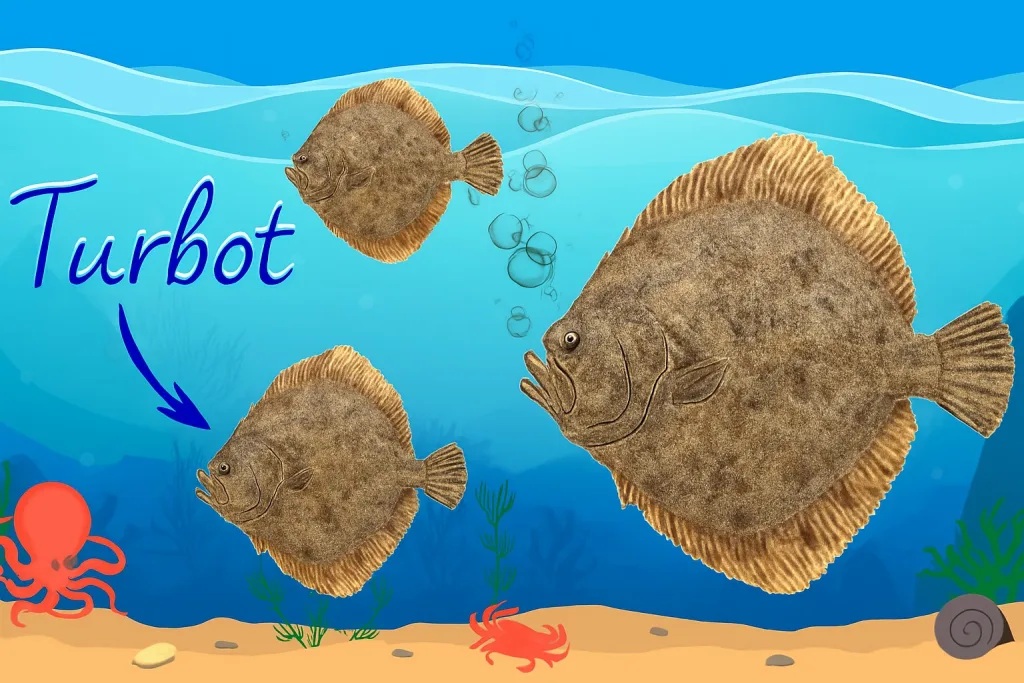
Defying Centuries: Palamut (Bonito)
Throughout history, although Istanbul has been claimed by many nations and changed hands numerous times, bonitos have always existed in its seas. In fact, bonito, which even found a place on coins of the 1600s, has been embraced as the essential food source of Istanbul by all segments of society. Even today, when the prices of fish are soaring, bonito continues to take its place on the stalls as the most economical sea product. It is even said that the reason for the settlement of the Kalkedonians (Fenerbahçe) in Sarayburnu was bonito. Since there were no fish in Kalkedon, they moved to Sarayburnu and the vicinity of the Golden Horn. Moreover, there is a legend about this. The Roman historian Pliny claimed that the reason for the scarcity of fish in Kalkedon was a white stone at the entrance of the bay. This stone scared the fish, i.e., bonito, so the fish did not come to the bay, and the Kalkedonians moved from their location to Sarayburnu.
Today, bonito still holds the distinction of being the most commonly caught fish in Istanbul’s waters and it is the fish defines the fish culture in Istanbul. Bonito can be categorized into different types based on their size: “çingene palamudu” for those ranging from 15 to 30 cm, “palamut” for those between 30 and 40 cm, “kestane palamudu” for those between 40 and 45 cm, and “peçuta” for those between 45 and 50 cm. Bonito, which breed in the Black Sea, start migrating from the Bosphorus to the Aegean in mid-September. This is the time when bonito fishing begins.
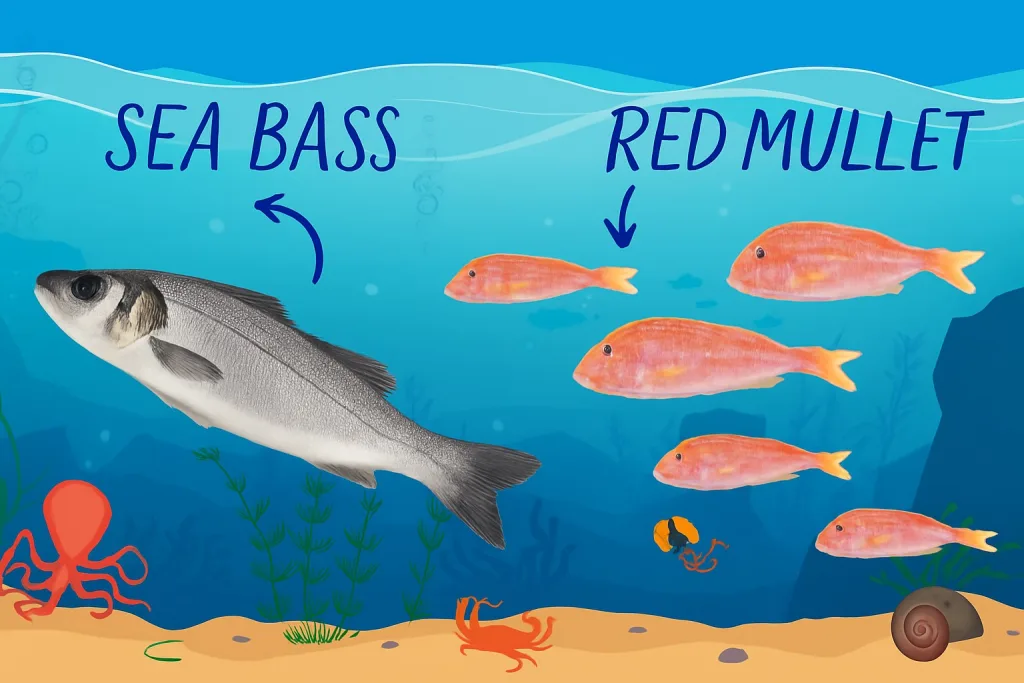
Rakı’s Companion: Bluefish (Lüfer)
As mentioned above, bluefish has always been considered the best companion to rakı. Today, bluefish is sold at very high prices economically. It is a fish species ranging in size from 10 cm to 35 cm. Bluefish up to 18 cm are called “çinakop,” those between 18-25 cm are “sarıkanat,” those between 20-25 cm are simply “lüfer,” and those larger than 35 cm are called “kofana.” Bluefish are known for their aggressiveness when it comes to cutting the fishing line. Especially from mid-September, bluefish in the Black Sea start migrating to the Sea of Marmara, and this marks the beginning of bluefish fishing. The taste of bluefish remains good until April and May.
A Classic of Eminönü: Mackerel (Uskumru)
Today, it has become a tradition for visitors to Istanbul to have fish sandwiches on boats in Eminönü. Often, the fish inside that bread is mackerel. Especially when it is freshly caught and in season, mackerel, with its oily and delicious appearance, is a favorite of fish enthusiasts. The best time to enjoy mackerel is during the winter months when they come to the Black Sea for breeding. From mid-April to mid-May, when they are not oily, they are dried and consumed as “çiroz.”

The Fish of Every Table: Horse Mackerel (İstavrit)
Horse mackerel, which can economically fit on every table, can be divided into two main types: “karagöz istavrit” and “sarıkuyruk istavrit.” Karagöz istavrit is mainly found in the Bosphorus, while sarıkuyruk istavrit is found in the Black Sea. Especially popular among amateur anglers in the Bosphorus, istavrit can be caught throughout the year except for very hot summer days.
Surmullet and Red Mullet (Barbunya)
Both in terms of appearance and taste, surmullet and red mullet, often confused with each other, belong to the same fish family. Known as the “red fish,” the red mullet is a highly delicious and nutritious fish. Today, it has become a staple in fish restaurants and is closely associated with Istanbul. Due to its limited catch, it has always been a pricey fish on the market.
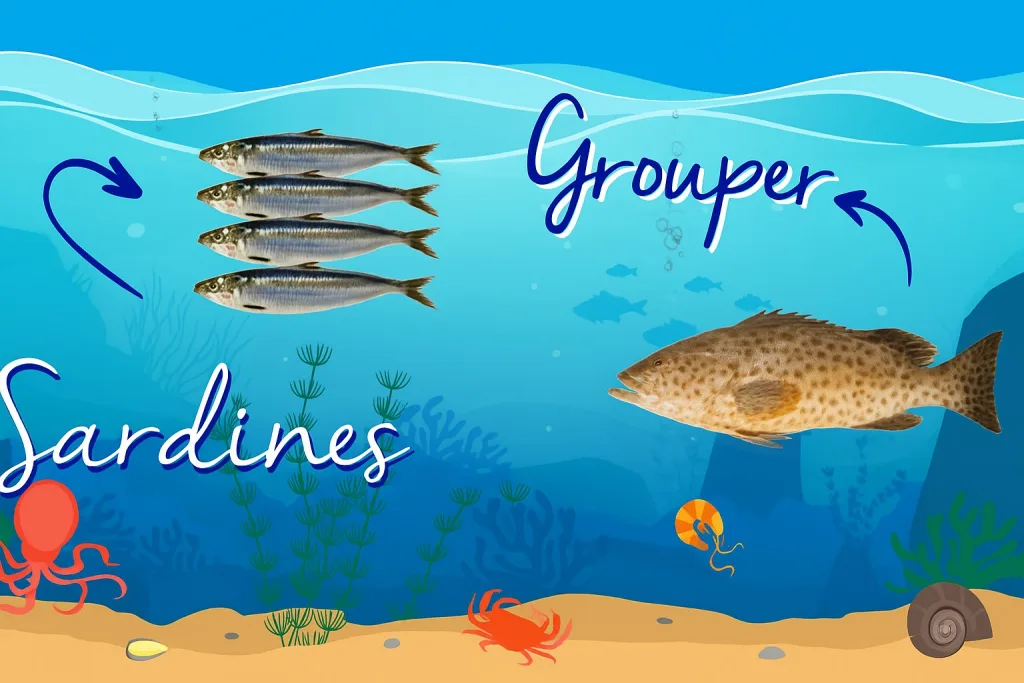
Gilt-Head Bream (Kolyoz)
Often confused with mackerel, kolyoz is a delicious fish native to the Sea of Marmara. While mackerel is a migratory fish, kolyoz can be found in the Sea of Marmara throughout the year except during very hot summer days. Kolyoz, which is sometimes caught by amateur anglers on excursions between the Bosphorus and the Black Sea, is a taste that has been overshadowed by mackerel.
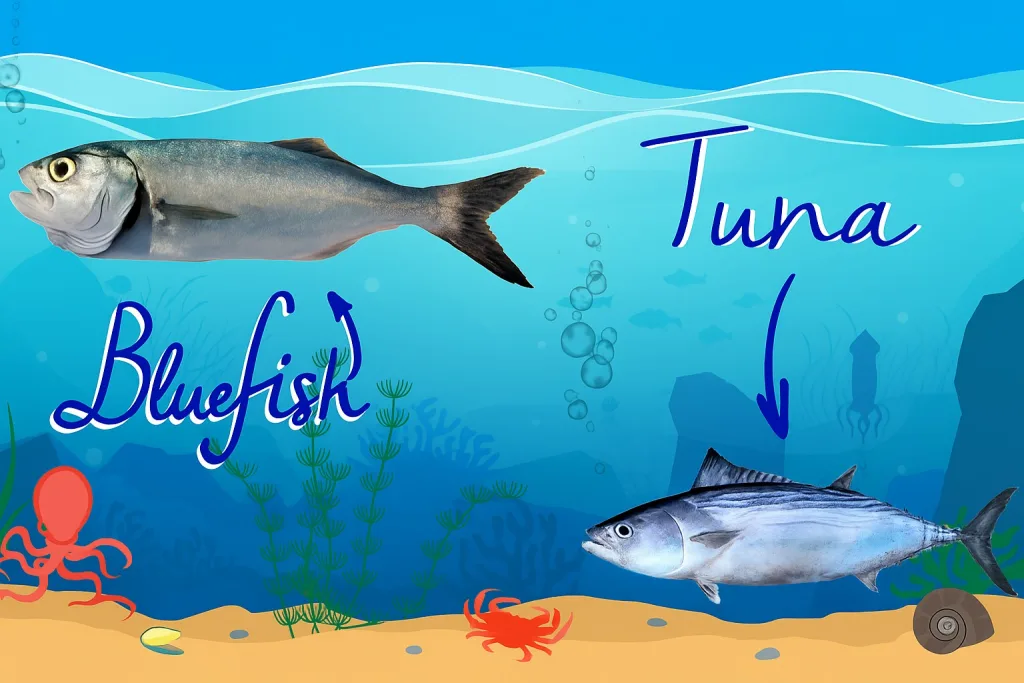
Swordfish (Kılıç Balığı)
Swordfish, which has largely remained in history books or in cookbooks describing Istanbul, is a magnificent flavor. Swordfish, which can often exceed 2 meters in length, passes through the Bosphorus in its migrations between the Aegean, Marmara, and the Black Sea but has become virtually invisible in the Bosphorus since the 1970s.
Grey Mullet (Kefal)
Since it is often seen in river mouths and sewage outlets, kefal is not favored by everyone, but it is, in fact, a delicious taste that should not be underestimated. In the past, kefal was more often caught in the Golden Horn region, but today, it is mainly caught in sewage outlets and river mouths. The most popular version of kefal is “has kefal,” which includes its eggs and is sold as “kefal eggs,” making it a unique flavor.

